Digital PR Isn’t Link Building. It’s the Most Profitable Channel You’re Ignoring
Digital PR
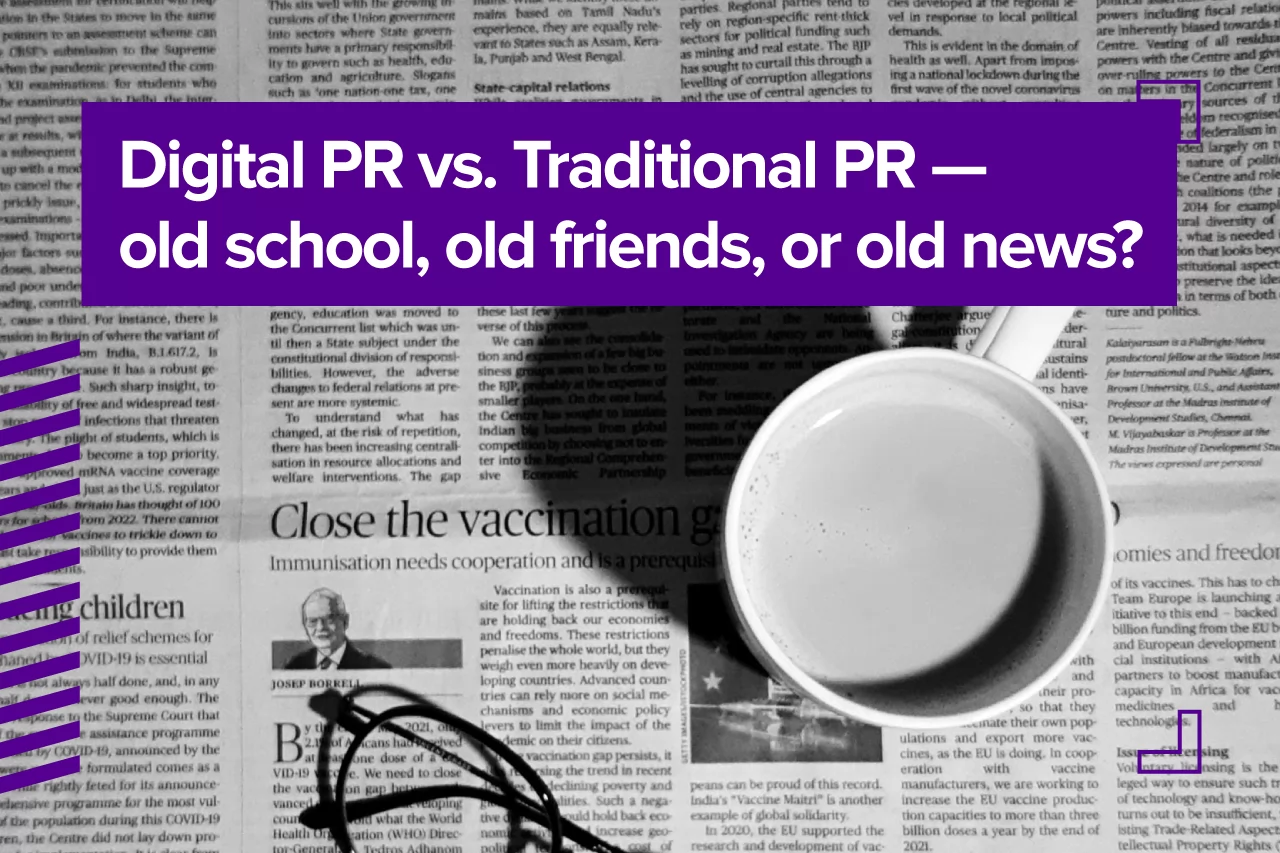
Digital PR vs. traditional PR: both are highly effective ways to access your audience and boost your brand throughout the media landscape — but for the layperson, it can often be difficult to distinguish between the two. As a digital PR agency that started out as a balancing-every-single-PR-plate agency, we thought we’d break it down for you.
What are the ways in which digital PR and traditional PR differ, borrow from one another, and work together? All valid questions, and all ones we have the answers to! We looked at the origins of each discipline, and how they both operate today.
Back in the days of old school PR, a career in public relations automatically indicated you were well-connected — think Ab Fab’s PR party animal, Edina Monsoon, and her transatlantic sister, Samantha Jones.
 Instagram.com/p/CWqoH1cvbtL
Instagram.com/p/CWqoH1cvbtL
Traditional PRs turned partygoers into patrons, and press releases into purchases. Today, technological innovations and the advent of new media have simultaneously widened our circles and bridged the gap between the public and the press. Now, anyone with a smartphone can witness the news as it’s unfolding — and even contribute their own perspective.
This increase in connectivity means staying ahead of the game is more crucial than ever — cue digital PRs bolstering traditional PR techniques with link-building strategies, and clients requesting that traditional agencies tackle their PR from an SEO perspective.
We discuss this in detail over on our ‘What is Digital PR?’ page, but it never hurts to drive things home! A technique born out of Google’s SEO requirements, digital PR appears in many forms — backlinks (first and foremost), guest posts, press releases, influencer marketing, and more. Even with its range of manifestations, the aim of digital PR is simple: to build those all-important backlinks.
But what comes after backlinks? With the right digital PR campaign, the possibilities are endless. Along with being a great way to improve online visibility, generate leads, develop business-consumer relationships, launch products — and, on occasion, even make direct sales — backlinks built from digital PR can help strengthen a client’s reputation and increase brand awareness.
For further insight into a digital PR campaign in action — with tangible results — we recommend taking a look at the Inclusive Index campaign we did for WeThrift, a popular shopping savings service. The client’s goals were to generate inbound links and increase inbound traffic to their website, so we put our heads together to come up with a digital PR campaign that simultaneously appealed to WeThrift’s customer base while addressing a topical industry issue — leading to a wealth of relevant coverage and referral traffic from an already-invested audience.
The results speak for themselves! With 96 pieces of coverage and 76 links in total — a whopping 284% increase on KPIs — this campaign is an excellent example of the immense reach generated by a well-crafted piece of content that marries data and creativity. Even more significant is the fact that the referral traffic was made up of WeThrift’s existing market, as it meant that conversion was much more likely.
Another great example of when digital PR works is our exploration of ‘Iconic TV moments we miss the most’ — a campaign we did for UK-based price comparison platform, Uswitch, that sustained truly exponential growth. Using IMDb ratings to determine the popularity of some of society’s favourite shows, we successfully translated data into a highly relatable piece of content that could be consistently built on and reframed. In fact, due to Prince Harry and Meghan Markle’s exclusive interview with Oprah — and Piers Morgan’s subsequent explosion on Good Morning Britain — it’s now been dubbed ‘The Most Complained About TV Moments’ campaign by the JBH team. Digital PR campaigns like these demonstrate not just the incredible reach potential of digital PR, but also its malleability. One thing we always make clear here at JBH is that it’s never too late to revisit, reshape, or relaunch an idea.
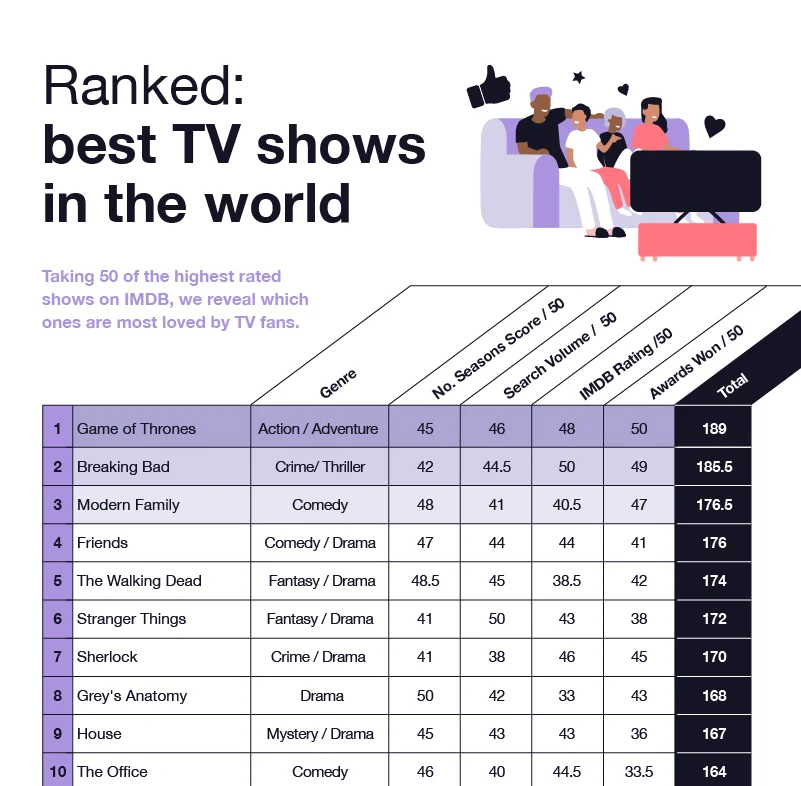
“Nothing draws a crowd quite like a crowd” — spoken by P.T. Barnum, American entrepreneur and politician. For pop culture pundits among us, Barnum inspired The Greatest Showman — a Zac Efron-Hugh Jackman musical masterpiece that took the world by storm in 2017. But here in the JBH office, these eight words resound more than any of the soundtrack’s hits. The soul of PR lies in making people look — and that’s exactly where traditional PR began.
More than just media coverage like print newspapers, magazines, radio, and TV, traditional PR is brand positioning, brand launches, and crisis communications — none of which digital PRs tend to be involved in. This form of PR is much more visibility centric — with a key focus on raising brand awareness and sentiment, and how the awareness portrays the client. For instance, how many times is the brand mentioned throughout? How is the company messaging conveyed?
Essentially, traditional PR is the more direct approach — sometimes, traditional PRs are even able to cut out the middleman. For instance, whereas both disciplines tend to rely on the cooperation of journalists to guarantee coverage, traditional PR has the power of the publicity stunt — when your brand pulls off something surprising, outlandish, or silly enough to capture public attention, the press will cover it anyway.
With this in mind, one of the biggest contrasts between traditional and digital PR is their primary objectives. Traditional PR techniques have always been intended to build brand awareness, whereas digital PR is designed to build links. However, it’s worth noting that these two objectives go hand-in-hand — when people know about your brand, they’ll be more likely to link to it. In the same way, strategically placed links help to position your brand as an industry leader.
In terms of how traditional PR fares independently, as society becomes more and more digitised — with the rise of smartphones, tablets, and the like — it would be easy to assume that people are leaving traditional outlets behind. The reality is that traditional PR continues to generate valuable publicity by targeting audiences who regularly listen to the radio, watch television, and purchase print media.
Some popular examples of traditional PR at its best include Irish bookkeeper, Paddy Power’s famous outrageous marketing stunts:
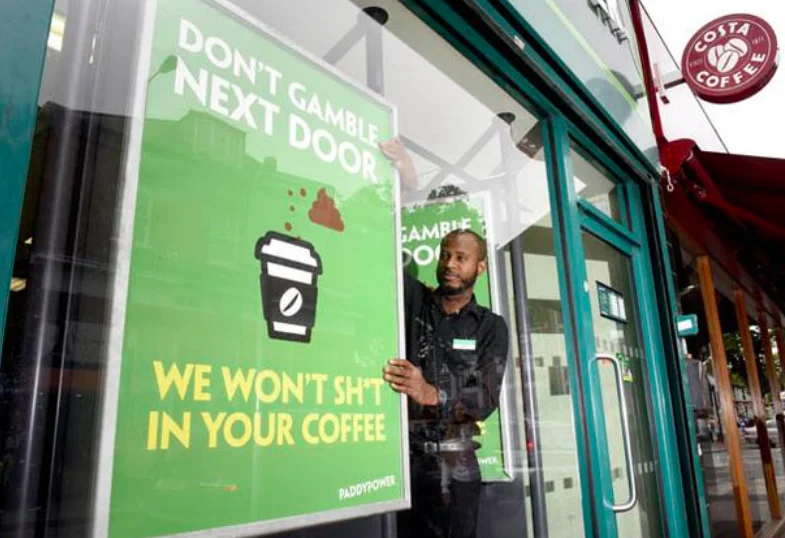
https://dailystar.co.uk/news/latest-news/paddy-power-starbucks-costa-caffe-16963979
A Paddy Power betting shop (and next-door neighbour of Costa Coffee) displays daring posters.
‘When Digital PR met Traditional PR’ — a less popular rom-com for sure, but no doubt just as culture-shaping as Nora Ephron’s classic. The overlap of traditional PR methods with the modern digital approach was inevitable — but how exactly do the two complement one another?
Outreach and media relations:
Something that hasn’t changed with the development of digital PR is the necessity of outreach, and the need to build relationships with journalists and media. A traditional PR agency’s arsenal has always included a list of reliable journalist contacts who can be called upon to write about their client’s niche or area of expertise — and digital PR is no different.
When planning your digital PR outreach, an essential part of the process is drawing up a media list. A PR media list stores all your key contacts in one place, and proves to be an invaluable resource for contacting the media quickly and efficiently. Though your approach may vary depending on the nature of your content, a strong, segmented media list allows you to outreach to your contacts en masse — ultimately cutting out wasted time and costs. While previously, the ring-round and mailing addresses were once the key to coverage, now digital PR professionals care more about a journalist’s social media profile. This allows us to tailor our pitches to suit their immediate interests.
Audience:
Similarly to the benefit of having a media list, the lifespan of your campaign depends on the publications that you pitch it to. That’s why it helps to research publications based on readership — before pitching your idea to the publications most likely to take you up on it, all the while considering how it will generate engagement. Just like traditional PRs stay 10 steps ahead by prioritising publications based on readership, digital PR follows the same rules.
Press releases:
Next on the list are press releases – an age old PR tool. The first ever press release is credited to Ivy Lee — an American publicity expert, and the founder of modern public relations. In 1906, a trainwreck in New Jersey claimed the lives of over 50 people. At the time, the train was owned by Pennsylvania Railroad — a client of Ivy Lee’s PR agency. A public relations trailblazer, Lee took charge of the story by writing up a press release and then distributing it to journalists. Lee’s digest detailed the story from the railroad’s perspective, and thus the press release was born! Over 100 years later, in both traditional and digital PR, press releases continue to be a handy tool for attracting news media to a story in a way that benefits your client.
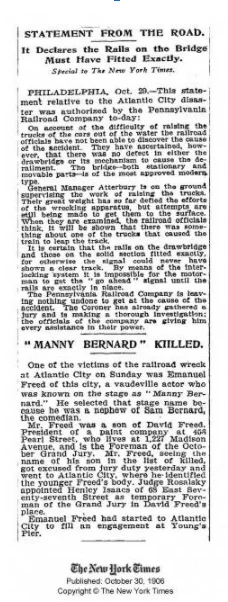
https://newsmuseum.pt/en/spin-wall/first-press-release
The first ever press release, in its original format.
Working in harmony:
Often, digital PR campaigns are picked up in the mainstream media — bridging the gap between digital and traditional, and resulting in all-encompassing coverage. Likewise, traditional PR campaigns may be picked up online. Some examples of traditional and digital PR campaigns interchanging in this way include JBH’s work for tails.com, which made the pages of both the iNews and The Sunday People. In addition, our ‘Shop Now, Stress Later’ angle for money.co.uk made it into The Daily Mail.
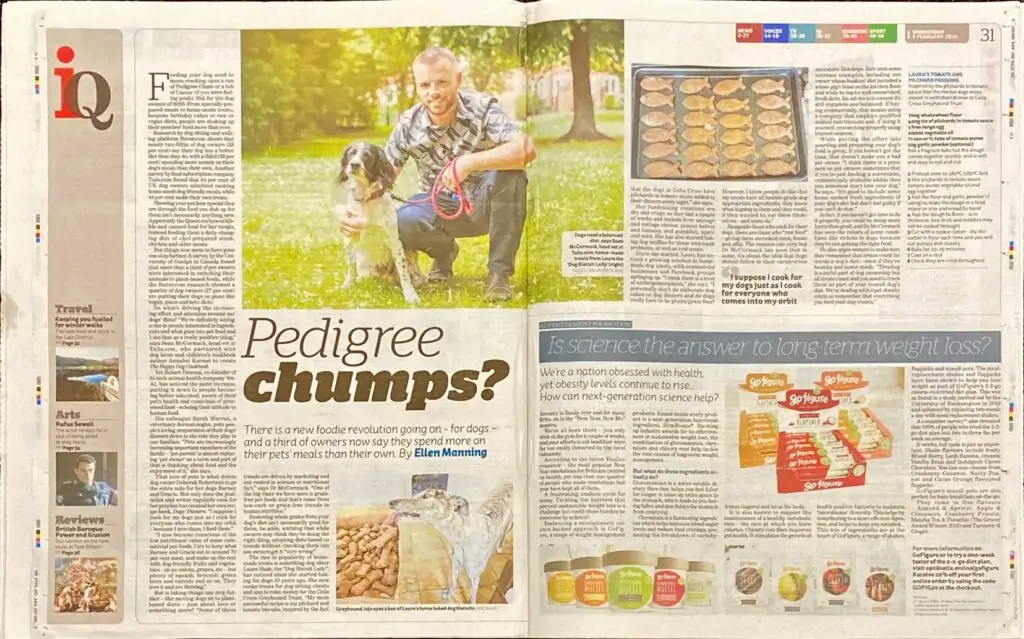
The iNewspaper ran a full page spread featuring tails.com vet, Sean McCormack, discussing a campaign that JBH ran.
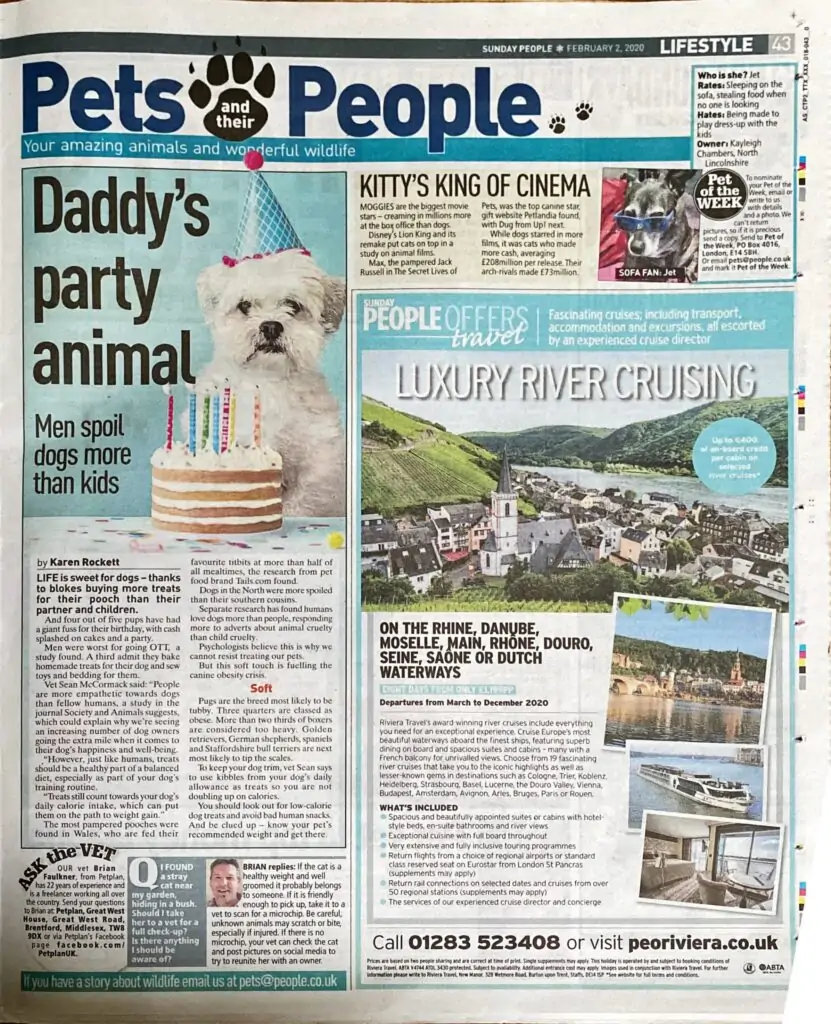
The Sunday People ran a half page spread featuring a campaign that JBH ran for tails.com
 The Money Mail section of the Daily Mail ran newsjacking commentary from Money.co.uk, tied to a larger campaign JBH ran for the brand.
The Money Mail section of the Daily Mail ran newsjacking commentary from Money.co.uk, tied to a larger campaign JBH ran for the brand.
It goes without saying that digital PR wouldn’t be where it is today without its predecessor — and arguably, in some cases, partner — and a traditional approach to public relations holds many positives.
First and foremost, digital media may be gaining popularity — but that doesn’t mean print media and other traditional channels are going anywhere any time soon. In fact, a recent survey from Ofcom showed that people continued to refer to traditional media for the majority of news regarding COVID-19 — with 82% stating it as their most used source, and of these people, 63% valuing it as their most important source.
Another great advantage of traditional PR is its ability to target specific demographics and gain increased visibility for brands — sometimes independently. For example, the aforementioned Paddy Power campaigns are perfect representations of traditional PR’s standalone, stunt-pulling power — having earned them the title of ‘The Kings of PR’. Nonetheless, it’s worth noting that the reach of traditional PR campaigns in 2021 is often boosted by social media shares and backlinks — which is arguably digital PR.
As a renowned digital PR agency, one of the biggest lessons we’ve learned from traditional PR is remembering the core of public relations itself — drawing that crowd! From there, you can establish brand identity and achieve positive coverage that adds value to your clients’ business objectives. In link-building, it’s important to apply this to every step. Think quality over quantity! Are the links gained relevant to the brand? What’s the domain authority of the publication? Is it a trusted publication? All these factors work together to highlight your client as an industry leader.
The above-mentioned approach to backlinks is one endorsed by John Mueller — a search advocate at O Mighty Google. As you can see below, Mueller explained that when it comes to backlinks, less is most certainly not more.
“We try to understand what is relevant for a website, how much should we weigh these individual links, and the total number of links doesn’t matter at all. Because you could go off and create millions of links across millions of websites if you wanted to, and we could just ignore them all.”
View the full recording of Google SEO office-hours hangout with John Mueller from February 19, 2021
To summarise, the reality of the ‘Digital PR vs. Traditional PR’ debate is that there is no debate — it’s never a case of choosing one over the other (forgive us for the clickbait title, we work in links after all). Instead, look at how traditional and digital PR work together — after all, no one ever said you can have too much PR!
The JBH team first found our feet straddling the two PR disciplines — before making the decision to channel our expertise and resources into purely digital PR. Before this shift, we’d crafted many successful traditional PR campaigns — and we continue to apply this knowledge in many of our digital PR campaigns today.
In the beginning, traditional PR set the stage for even the most sophisticated digital PR campaigns — today, digital PR gives you access to optimum reach in just a few clicks. What’s most important to remember is that there’s no cookie-cutter approach to PR, and what works for one client won’t necessarily work for another. The trick is to always consider individual company goals and campaign objectives — then watch public relations work for you.